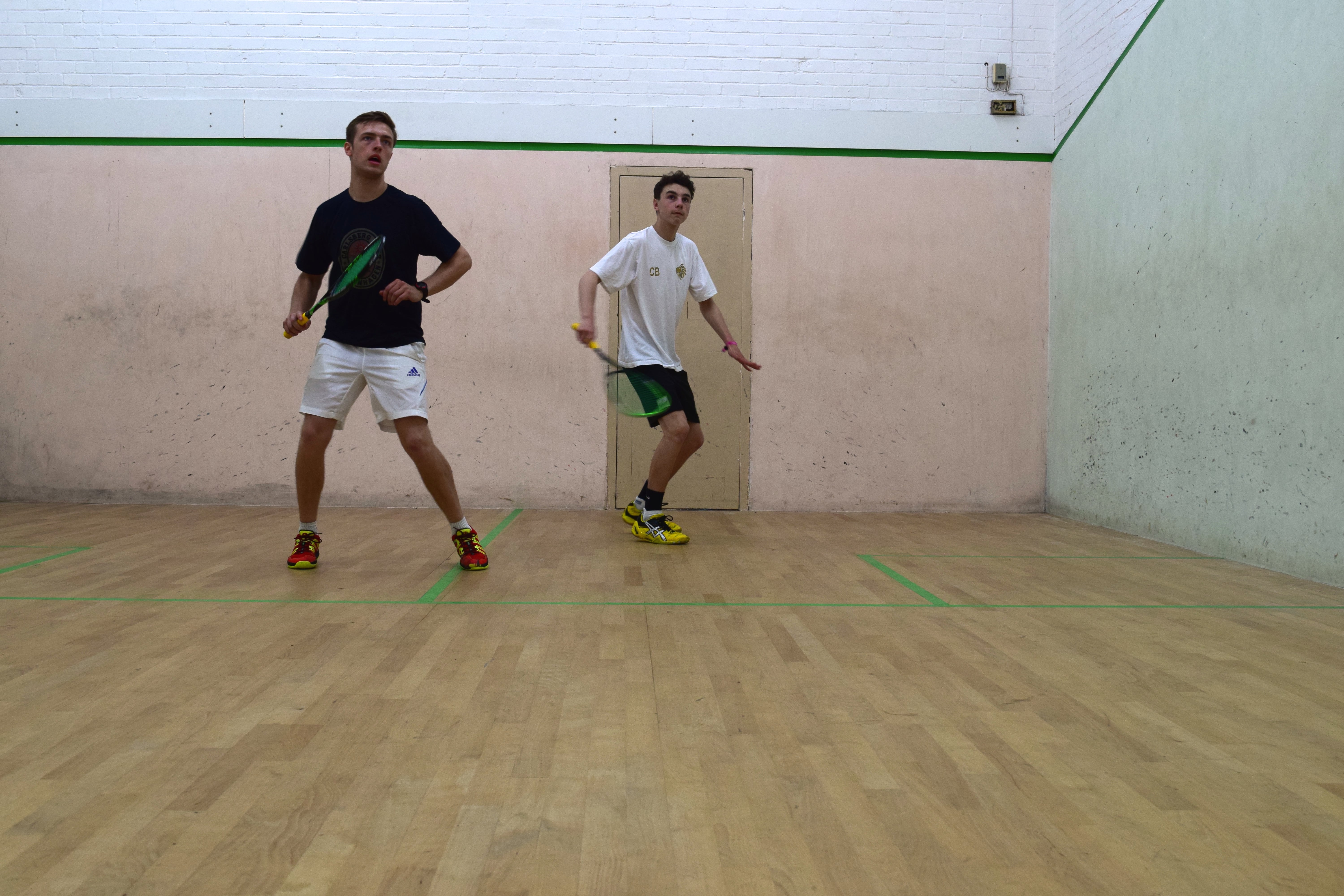When to go in for the kill
We’ve discussed a little bit on the site before about when the crucial moments are in a match, and examined the need to come out flying at the start of the first game, the benefits of putting your all into the third game when the score is tied at 1-1 and how to see out the match when you have a 2-0 lead in games.
Today more generally we are going to discuss how to identify potential turning points in matches and how you can take advantage of them.
Looking for signs
Looking for signs your opponent is tired is a big part of knowing when to go on the attack, and changing your style accordingly to take advantage of that weakness. Signs of tiredness in your opponent can include obvious things like hearing them breathing harder, watching them pretend to tie their shoe laces or take an elaborate route to the service box between rallies, but sometimes they can be more subtle, especially if the player is fit. Other signs may include:
- Moving into the front court slower
- Volleying less
- Trying to slow the pace
- Trying to win the rally quicker than normal
- Playing short shots earlier than normal
- Length shots bouncing shorter than usual
What to do with this information
So you’ve spotted your opponent is tired, what do you do? Sometimes they’re tired because you’ve had a gruelling game, and so you are also tired. Now is the time to dig deep and show you want it more: if you can press ahead and go on the attack at this point you are likely to overwhelm them into submission before you become exhausted yourself. It is better to be the one on the attack as tiredness sets in, as you’d be surprised at how many people lose hope if they come under a renewed attack when they are tired. They will rarely stop to think whether you are also tired, and will mostly believe that you must be still going strong. It is a bluff of sorts. If you’re not as tired, then it’s not a bluff and you need to really up the intensity.
The best ways of going on the attack in this instance are:
- Keeping your opponent moving, without aiming to hit the winning shot. This is a delicate balance, as you want to take opportunities that come your way but most importantly, you want to keep making your opponent run and not give away errors. Hitting into empty space is the best way to achieve that. This is a good strategy against a player who is quick or who is very fit, as even though they’re tired, they’re likely to still be reliant on their physicality and are probably experienced enough to be able to draw on it even when tired. Hitting into open spaces keeps the pressure on them and keeps them moving.
- Taking the ball earlier wherever possible. Look to volley and make use of the half-volley, and hit the ball as high up the court as possible to give your opponent less time to recover between shots. This point is a great strategy if you know you are fitter than your opponent, or you have enough energy. It’s also good if they are starting to make mistakes, as it will increase the likelihood of them making even more.
- Making sure you get your own length shots past the serve box. This point is particularly important if you are playing a highly experienced player, as they will likely be able to cope with their own fatigue and still produce decent play. This keeps them pinned behind you, which means you will get more opportunities to attack, and they will be less able to attack, giving them no respite. Win the length battle.
Be on the lookout for the various signals your opponents give off during your next few matches, and see if you can work out how best to take advantage and improve your game management.
